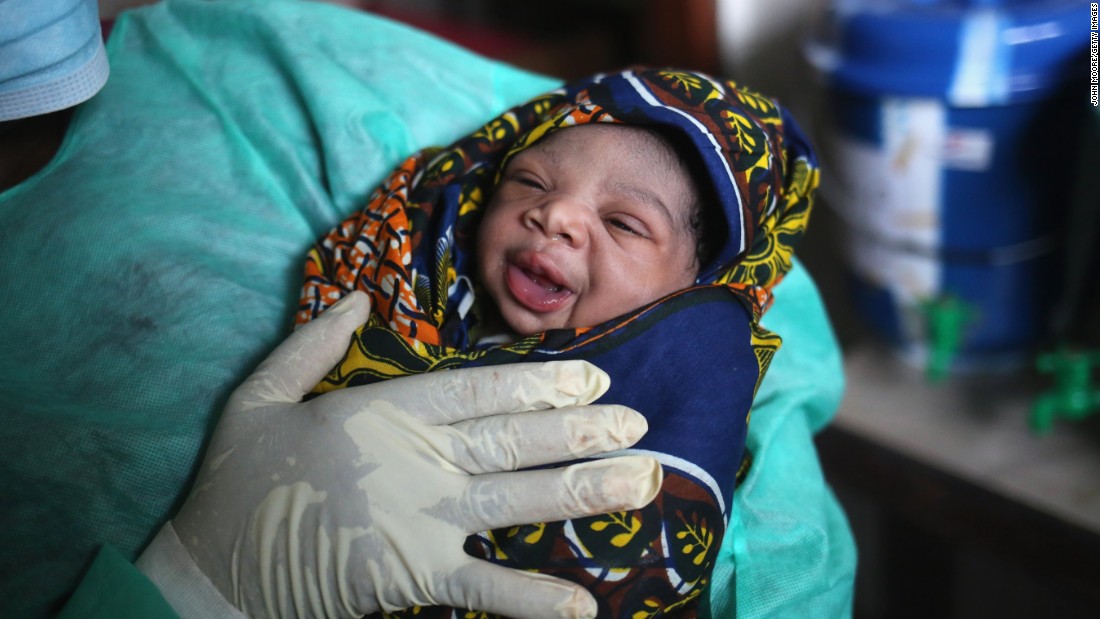Sexually transmitted diseases – it’s not just HIV
Once HIV reared its head, with its devastating effects — all other Sexually transmitted infections faded into the background. Many young adults have little idea about the devastating effects of these other STI’s.But according to the World Health Organization (WHO), there are 448 million new infections of curable sexually transmitted (syphilis, gonorrhoea, chlamydia and trichomoniasis) infections yearly. Here I make an attempt at describing some of these infections.
Sexually Transmitted Infections
Sexually transmitted infections (STIs) are infections that are spread primarily through vaginal, anal and oral sexual transmission and also from pregnant mother to unborn child. There are more than 30 different sexually transmissible bacteria, viruses and parasites. The most common infections are described briefly.
Syphilis
Is caused by the bacteria Treponema pallidum. The initial sign of Syphilis is a firm, round, painless sore on the external genitalia known as a ‘chancre’. When this happens on the penis, the patient can see it, but those in the vaginal or anal passage can remain hidden since they do not hurt. Whether the patient receives treatment or not, these sores heal. However, for those patients that do not receive treatment, the disease progresses to the secondary phase. Some patients may show no symptoms at all and those that do will often have rough, red, or reddish brown spots both on the palms of the hands and the bottoms of the feet. These symptoms disappear with or without treatment.
In the absence of treatment, after about 10-15 years after initial infection, close to 3 out of every 20 people infected will show signs of late stage syphilis. At this point, the bacteria have damaged internal organs including the brain, nerves, eyes, heart, blood vessels, liver, bones, and joints. The patient presents with difficulty coordinating muscle movements, paralysis, numbness, gradual blindness, and dementia. This damage may be serious enough to cause death.
Congenital syphilis
Among pregnant women infected with syphilis that do not receive treatment, 1 in 4 pregnancies will result in miscarriages. Of those that are born alive, more than half will suffer from a medical complication as a result of the syphilis that may include anaemia, jaundice, rashes, snuffles which sometimes have bloody discharge and some develop paralysis. If untreated, that child will be physically and mentally stunted.
The WHO has set a target of reducing congenital syphilis in 10 high-burden countries by 80percent by the year 2015. According to the Kenya AIDS indicator survey of 2007 (KAIS 2007), less than 2 out of 100 Kenyans have Syphilis. So this is a disease for which elimination is possible. Although every mother that shows up for antenatal care in Kenya is tested for syphilis, many mothers visit clinics late in their pregnancy, when a lot of damage may have already been done to the unborn child. As the majority of Kenyan women (60percent) deliver at home, the newborns are denied treatment which would increase their chances of surviving the infection as this treatment can only be provided in a health facility.
The good news is that syphilis, responds very well to treatments with, a single intramascular Penicillin injection and there are no recorded episodes of resistance.
Gonorrhea
Gonorrhea caused by infection with the Neisseria gonorrhoeae bacteria. Only 3 out of 10 infected persons will experience any signs of illness which will include burning or pain during urination and abnormally coloured discharge from the genitals. For most women, the infection will remain in the cervix but for a few, it ascends, resulting in pelvic inflammatory disease (PID). In very rare occasions, gonorrhoea bacteria get access to the blood which leads to arthritis, fever and skin rash.
About 1 in 3 pregnant women with untreated gonorrhea will miscarry their baby or give birth prematurely. Babies infected during birth and may end up blind, have joint or fatal blood infections.
Research conducted by University of Nairobi and other collaborators has shown that gonorrhea drug resistance is high among commercial sex workers in various parts of Kenya. About 40 to 75 percent of all gonorrhea in these groups of women does not respond to current recommended treatment.
Chlamydia
Caused by a bacteria called Chlamydia trachomatis. Chlamydia is the most common STI among young sexually active people. Although STI have the uncanny habit of not manifesting themselves, Chlamydia is the worst of them in terms of being a silent destroyer of women’s reproductive abilities. Only one out of every 10 people infected with Chlamydia will experience any signs of illness. In the meantime, the bacteria is causing inflammation of the cervix, uterus and fallopian tubes in women as well as rectal inflammation in both men and women. It often results in PID.
Chlamydia is also passed to babies during birth. One of every 3 babies born of mothers with untreated Chlamydia, will develop serious eye infections that could lead to blindness.
Trichomoniasis
It is caused by Trichomonas vaginalis and is the most common non-viral STI, affecting 173 million people globally. Only 3 out of 10 infected women will show any clinical signs which include vaginal discharge and itching. Both men and women have burning sensation during urination. It can also lead to PID.
Trichomoniasis is associated with greater risk of cervical cancer and it is theorised that it potentiates HPV, which causes the vast majority of cervical cancer.
Pregnant women with trichomoniasis are likely to deliver low birth weight or preterm babies.
Genital Herpes
Caused by herpes simplex virus type 1 or type 2. According KAIS, 1 out of every 3 Kenyans is infected with this virus. Genital herpes presents as one or more vesicles (swellings filled with a clear fluid) on or around the genitals, anal area, buttocks and the top of the thighs. These vesicles break and leave painful ulcers that take 2-4 weeks to heal. These water-filled swellings do recur but last for a shorter time with each eruption. Often the symptoms are mild and most people will not recognize them and in a small proportion of people, there will be no symptoms at all.
Unlike other STI’s, there is no cure for genital herpes, however it is a manageable condition. It does not cause infertility but in rare occasions, the virus can seep into the nervous system and cause inflammation of the brain (encephalitis) and meningitis as well. The virus also increases the chances of acquiring HIV and transmitting it.
Bacterial vaginosis
Bacterial vaginosis or BV occurs when the good vaginal bacteria known as lactobacillus is taken over by other bacteria which multiply.Within the scientific community, there is debate whether this is a sexually transmitted disease or not. Among high risk women like those from Ganjoni, about 40 percent will have it while about a quarter of the general population will be infected.
Bacterial vaginosis is associated with other STI, PID and its associated infertility problems.





